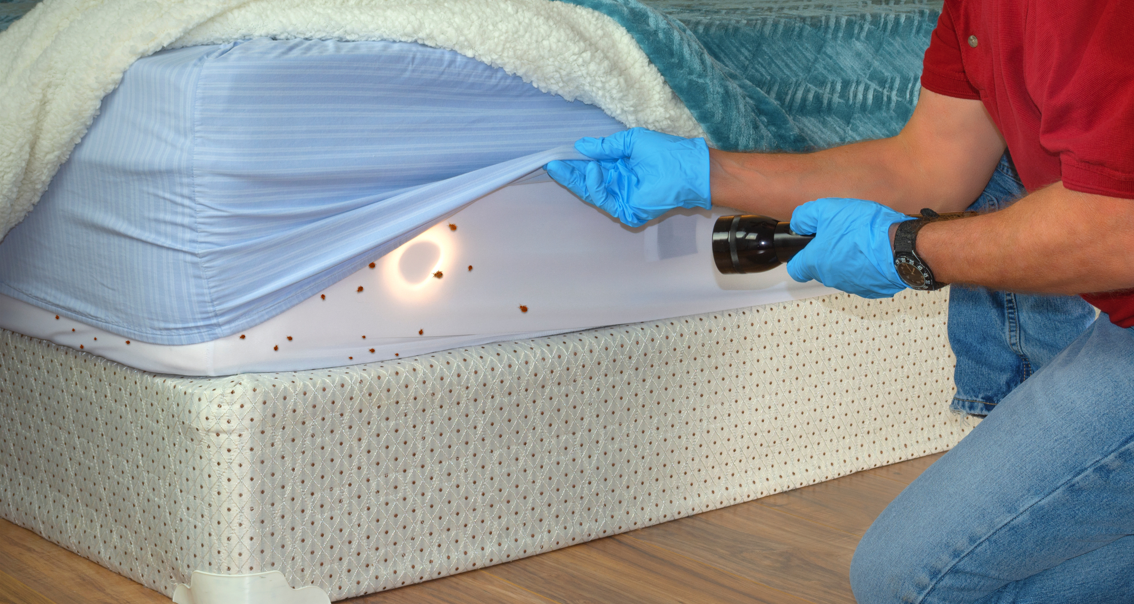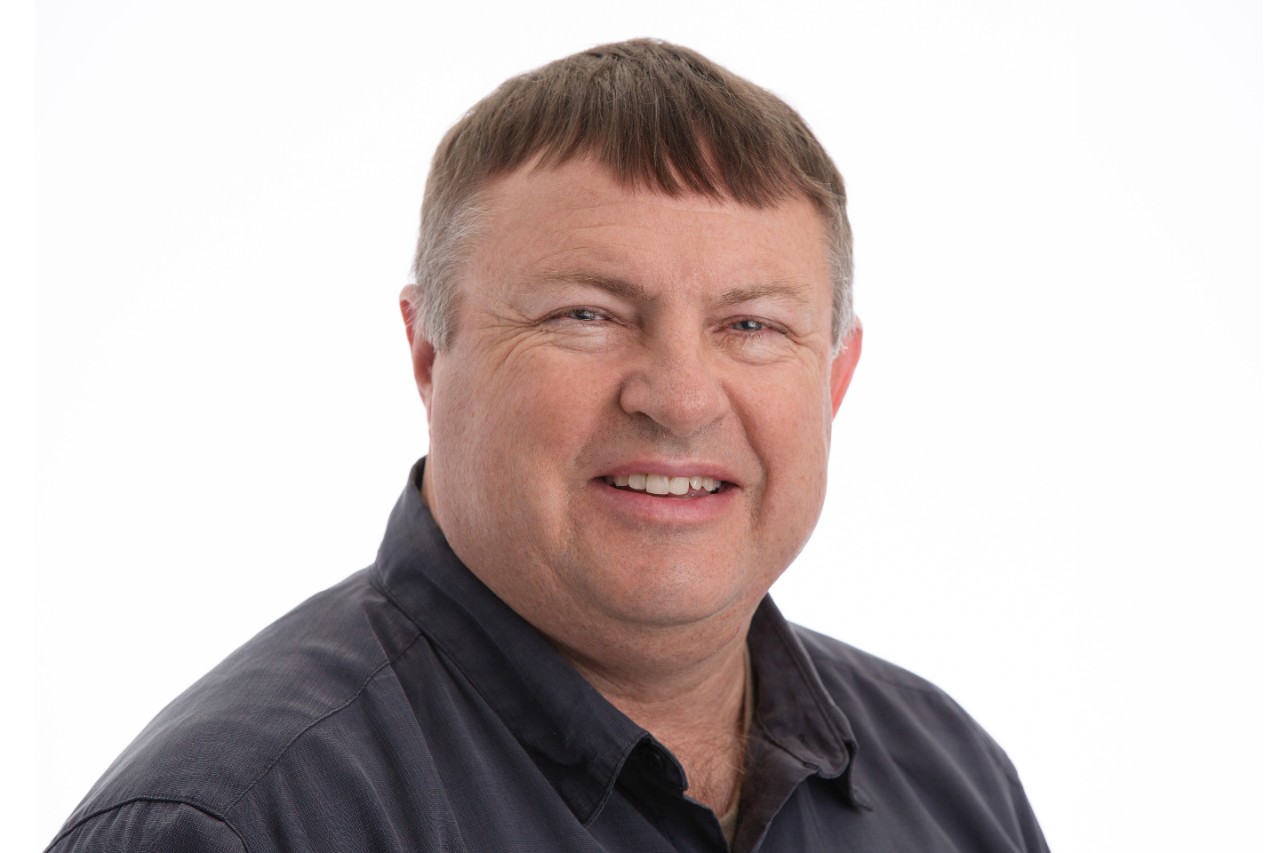Company
-
Company
- Careers
- News & Media
- About Us
- Sustainability
- Innovation
- BASF Global
- Products & Industries
- We create chemistry
Seclira WSG insecticide
Seclira WSG insecticide kills listed pests on contact as well as residual control. Apply this product directly to listed pests where possible. This product may be applied using the following techniques.
Crack and Crevice Treatment: Crack and crevice is an application directly into narrow openings on the surface of the structure. It does not include the treatment of exposed surfaces. Narrow openings typically occur at expansion joints, utility entry points and along baseboards and mouldings.
Spot Treatment: Spot application is localized to a surface area not more than 0.2 m2. Spots are not to be adjoining. The combined area of spots is not to exceed 10% of the total surface area of a room.
Void Treatment: An application into inaccessible, enclosed empty spaces of a structure. For example, hollow walls and suspended ceilings.
Indoor Perimeter Treatment: Indoor perimeter application is less than 0.3 m wide along the edges of a room to baseboards, wall-floor and ceiling-wall joints, and around doorways or windows.
House Fly Treatment: Apply to outside surfaces of screens, doors, window frames, in garages, or wherever flies enter or congregate around or on the building, directly contacting flies. Application sites include inside and outside surfaces of dumpsters, other trash-holding containers and surrounding surfaces, directly contacting flies.
Exterior Structural Applications: Apply where pests rest, trail and harbor, such as structural and other voids (including voids associated with and around doors, windows, utility entry points, behind siding and weep holes), eaves of structures, around lights or other insect attractant areas, garbage receptacles.
Seclira Tap-Water Dissolve (Alpine is the U.S. equivalent product)
Dr. Bob Davis, BCE
Technical Services Representative - BASF Professional & Specialty Solutions
If your residential and commercial accounts are experiencing problems with bed bugs, it’s important to quickly reduce the population, especially in accounts where there are active clusters. Vacuuming is certainly a good way to reduce those numbers. Other tips to collect and remove bed bugs include:

